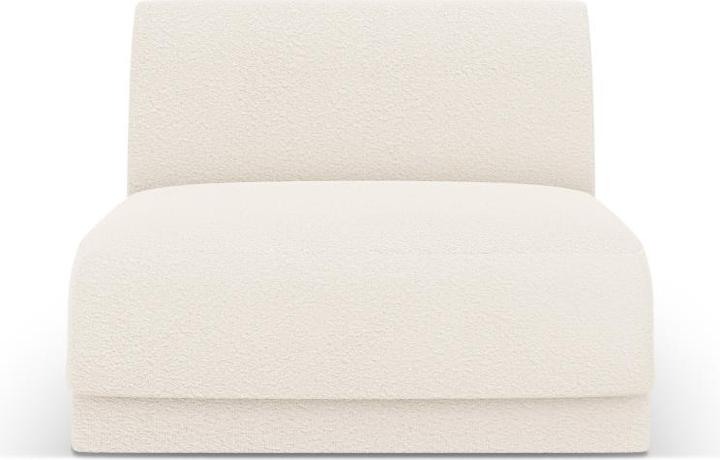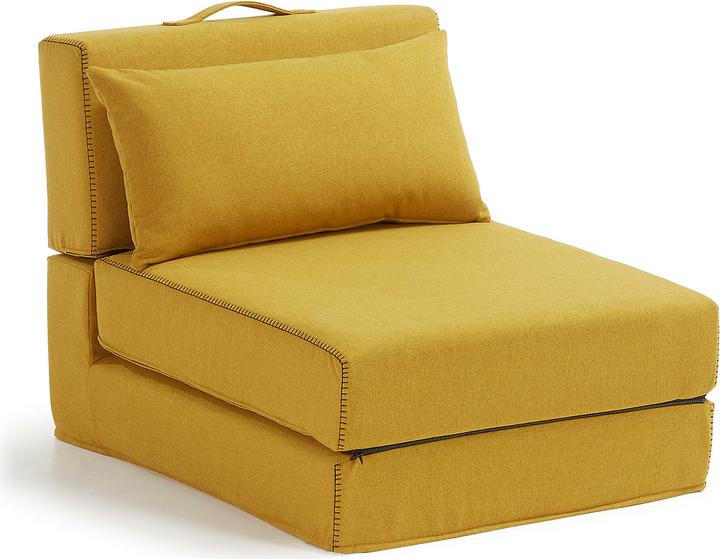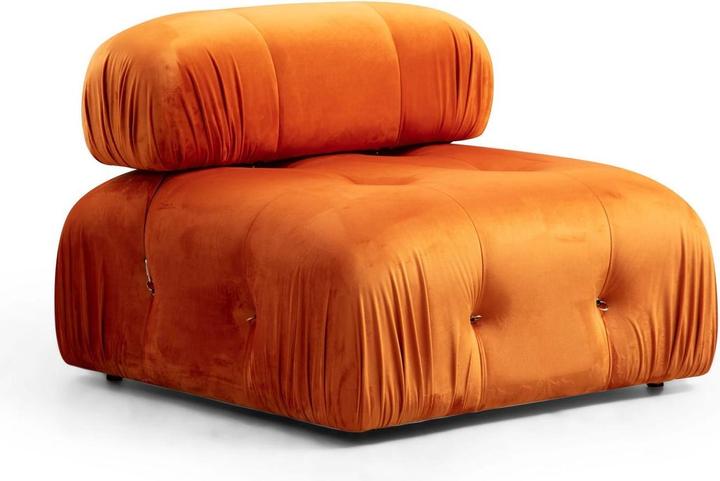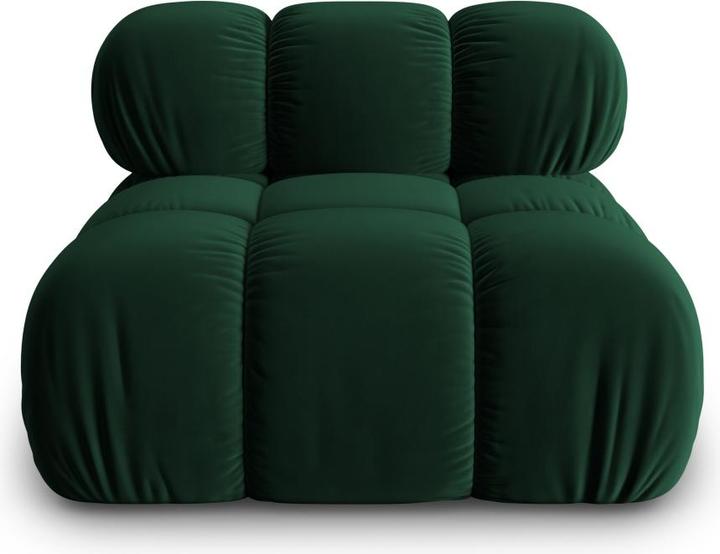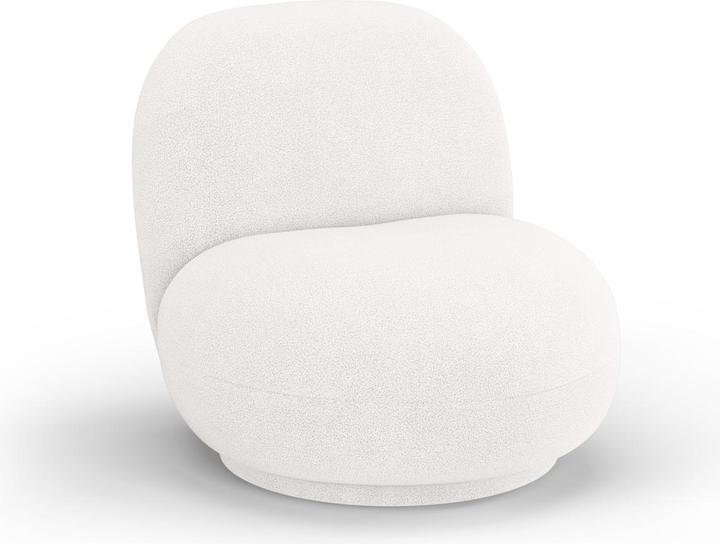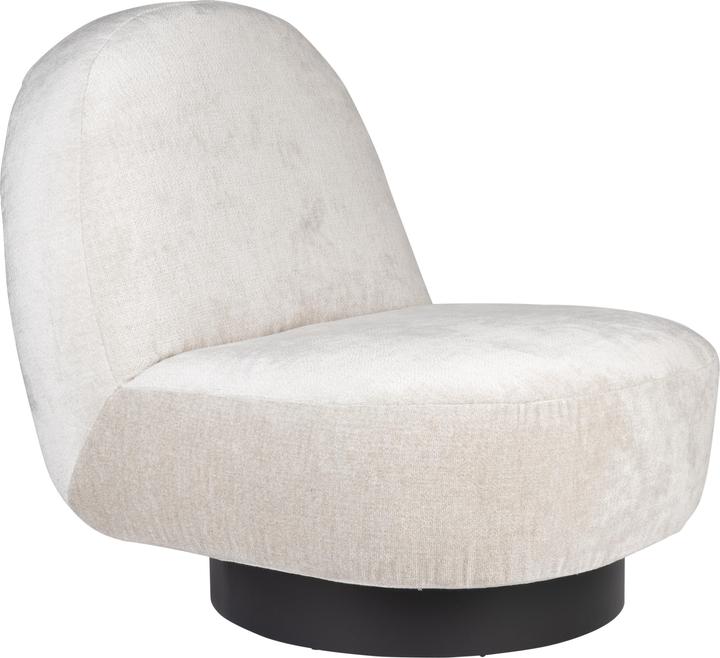

Alternatives to the Togo: these sofas resemble design classics from the seventies
Design icons such as the Togo sofa are experiencing an exciting revival. They are being reissued, quoted or even copied in many places. Where can you find duplicates and alternatives for three legendary lounge chairs? Right here.
The design language of the 1970s is back on the design scene. Lush and curvy upholstered furniture is the most popular. They symbolise the comfort and cosiness that was the focus of attention at the time. Manufacturers such as Ligne Roset, B&B Italia and Gubi have therefore relaunched their modular lounge sofas - Togo, Camaleonda and Pacha - with several updates almost fifty years after their launch. Other, younger brands are reinterpreting the three popular pieces of furniture.
You can also find some alternatives in our range. Like the originals, they impress with their organic shape, low seat height and modularity. Only they are a lot cheaper. That's why I don't want to withhold them from you, but rather show you which style elements they imitate. Because it's not just in the beauty world that there are "dupes" - duplicates that try to match the quality of the originals at a lower price.
Togo: the cult sofa by Michel Ducaroy
Of all the seventies favourites, Togo by Ligne Roset has received the biggest boost. The "sofa cushion" was designed by Michel Ducaroy and first shown at the Salon des Arts Ménagers in Paris in 1973. It was considered to be one of the first all-foam upholstered furniture pieces made from a single mould and attracted attention at the time because it was reminiscent of a compressed toothpaste tube or a folded cushion.
The unusual shape still seems to appeal today. This is because many of the pieces of furniture modelled on the Togo are made from a single piece of foam of varying density. Or they are designed in such a way that the individual cushions look like a whole. They also have the same low seat height and trough-shaped seats and backrests.

Source: Maison Heritage
Camaleonda: The Bellini sofa from B&B Italia
With the Camaleonda from B&B Italia, another seventies design has returned as an original. It was launched in 1970 and is also known as "Bellini" because it was designed by Mario Bellini. Two words intersect in its name: "Camaleonte", the chameleon, and "Onda", the wave. It is intended to describe the adaptability of the sofa system, which is also present in the new edition. It retains its curved bubblegum shape and details such as the hooks and rings on the stitching, but is now made from recycled or recyclable materials.
Like the B&B-Italia original, the Camaleonda dupes stick directly to the floor without legs. They are also modular and can be extended to form a sofa. Sometimes, however, the characteristic stitching details of the original are missing.
Pacha: The lounge chair by Pierre Paulin, reeded by Gubi
Furniture manufacturer Gubi has also relaunched its Pacha armchair. The first design was by Pierre Paulin and was realised in 1975. The designer was inspired by the idea of sitting on a cloud. He therefore gave the armchair an organic and inviting shape and a comfortable, foam-filled seat. The new interpretation is in no way inferior to the first design. It can be extended into a sofa and looks even more like a cloud with the added armrests.
The furniture quotes from Pacha have the same curves, are modular and even adopt the seam line. Instead of chair legs, they also rely on a continuous metal base. However, they do not (yet) have the armrests of the new models.
Despite all the furniture quotes, it's worth taking a look at the originals and investing in mid-century modern pieces - even if they often cost more. After all, they have already proven how likely it is that they will still be popular in 50 years' time. If you're lucky, you might even find them on resale platforms or in the manufacturer's outlets at an affordable price. Until then, the lookalike dupes will make up for the lack of originals ...
Like a cheerleader, I love celebrating good design and bringing you closer to everything furniture- and interior design- related. I regularly curate simple yet sophisticated interior ideas, report on trends and interview creative minds about their work.



